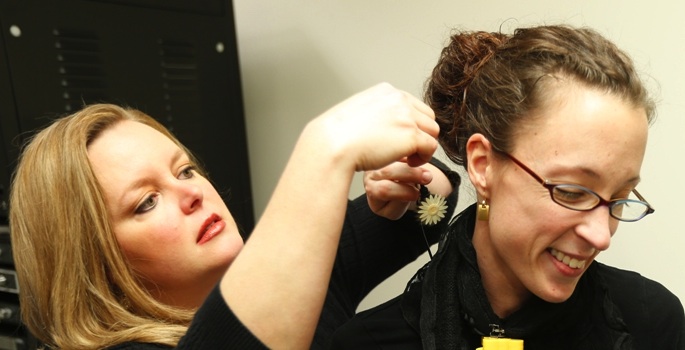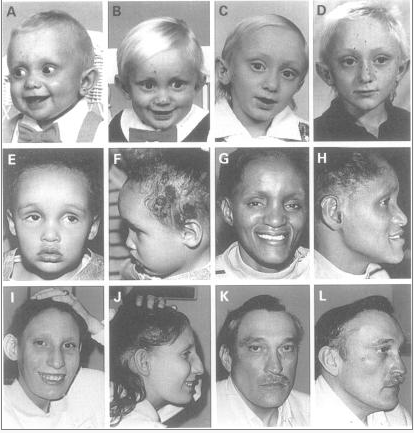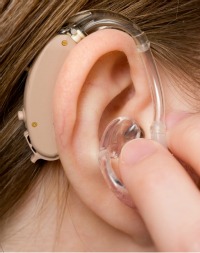NIDCD
-

Botox for the shaky voice
Vanderbilt investigators found that Botox injection into the vocal cords can lead to improved quality of life for patients with voice muscle problems. Read MoreMar 14, 2018
-

Forming memories through CaMKII
Vanderbilt researchers have identified an interaction between two proteins that play a role in learning and memory. Read MoreDec 19, 2017
-

Camarata named to NIDCD review committee
Stephen Camarata, Ph.D., professor of Hearing and Speech Sciences and Psychiatry and Behavioral Sciences, has been invited to serve a four-year term on the Communication Disorders Review Committee (CDRC) of the National Institute on Deafness and Other Communication Disorders (NIDCD). Read MoreOct 27, 2016
-

Diabetes drugs may ease addiction
Drugs that are being used clinically to treat obesity and diabetes may also have a role in treating drug abuse. Read MoreJul 18, 2016
-

Math models to aid voice disorders
A new computational model of the interactions between vocal folds and the air around them could aid in designing new treatments for voice disorders. Read MoreJan 27, 2014
-

High Fidelity: Cochlear implant users report dramatically better hearing with new Vanderbilt process
Longtime cochlear implant users are reporting such dramatic improvements in their hearing, thanks to new image-guided programming methods developed by Vanderbilt University researchers. Read MoreMar 5, 2013
-

Perfect timing for sensory processing
Identification of brain regions involved in processing sights and sounds may offer insights into disorders like autism and dyslexia. Read MoreMay 11, 2012
-

Clues to flattened faces
Images of individuals with Alagille syndrome (National Institutes of Health) Mutations in the Jagged1 gene cause Alagille syndrome, an inherited disorder that affects the liver, heart, kidneys and facial structure. Patients with Alagille syndrome often have a prominent forehead, a flattened midface and a prominent chin; some have a cleft… Read MoreJan 5, 2012
-

Getting the right fit for hearing aids
The pattern of hearing loss across sound frequencies affects the benefit from hearing aids. Read MoreSep 8, 2011
-

How young brains make sense of senses
The brain’s ability to process multiple sensory inputs continues to develop well into childhood, a recent study shows. Read MoreMar 31, 2011
-

Brain imaging may hold clues to help children improve grammar
Researchers have for the first time successfully used brain imaging to predict how children will respond to programs that help them improve their grammar. Read MoreMar 11, 2011